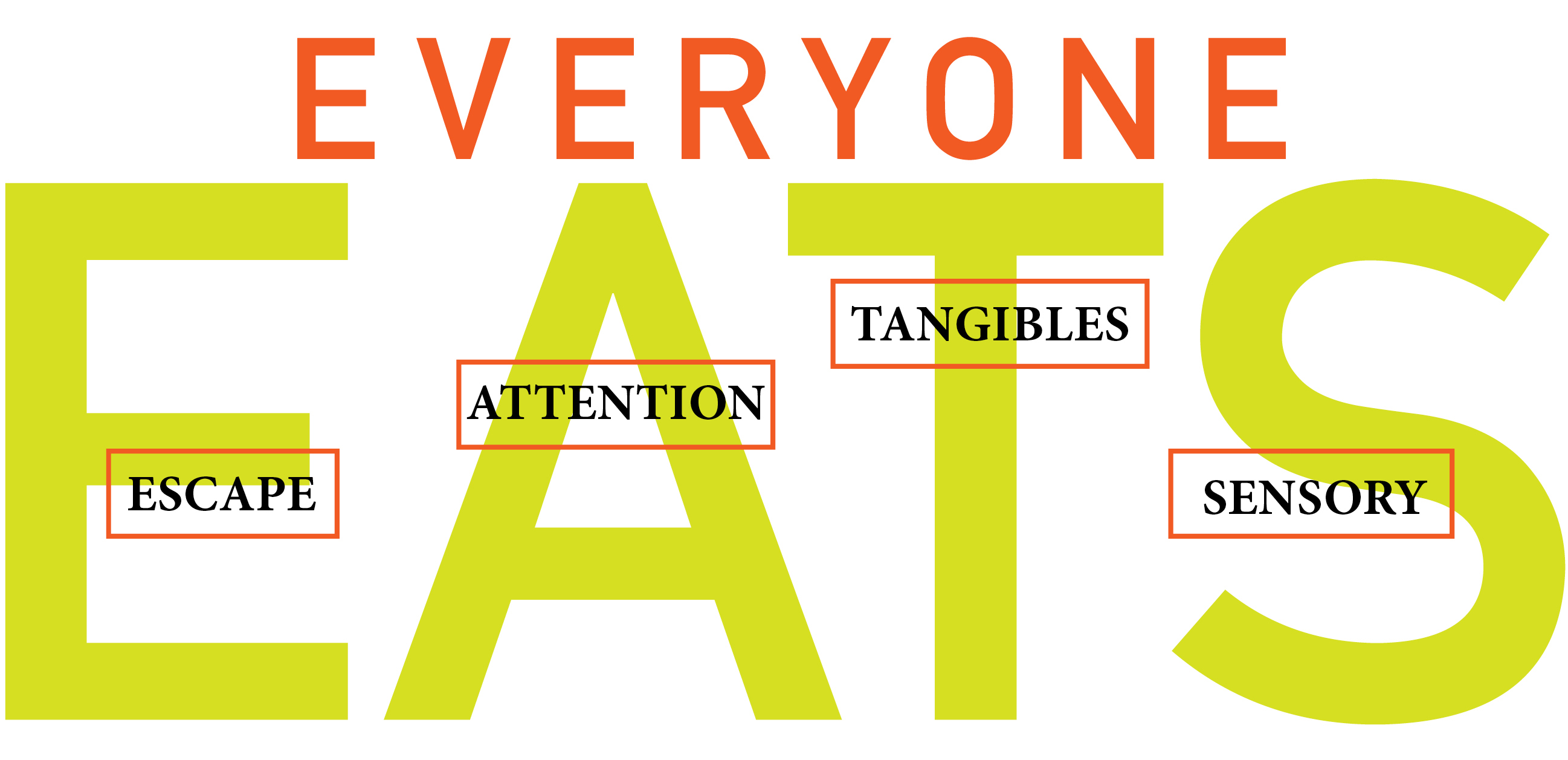
3 minute read
Parenting Through Big Emotions and Behaviors
Parenting Through Big Emotions and Behaviors
By Shelby Wolf, Ph.D., LP
If you have young children, summer is both wonderful and exhausting! So, remember this: Put your own oxygen mask on first before trying to help others. Children thrive best when their parents are thriving emotionally. Find time to take care of yourself even if it’s just five minutes of joy such as a cold drink, deep breathing, a quick stretch.
When we, as parents, find the calm, we’re in a better space to help our children deal with BIG emotions that may be leading to behaviors such as tantrums, crying, yelling, hitting. Behavior is a form of communication. Every behavior – positive or negative –serves a purpose. So, what is your child trying to communicate?
To shift our perspective from seeing behavior as naughty, let’s focus on the “Why” of behaviors using the Everyone EATS acronym.

Let’s look at a few examples
Escape: Behave in a way to avoid something we do not like. For instance, a child may cling to mom and cry at childcare drop-off.
Attention: Children can seek attention in positive or negative ways. For instance, when a child whines, a parent may give the child attention to stop them from whining.
Tangibles: Behavior aimed at getting things we want when we want them. A child may grab a toy from a friend because they want to play with it now.
Sensory: A child may do things because they physically feel good or to relieve something that feels bad. For instance a child may turn lights off because they hurt their eyes, scratch a bug bite because it itches, or crack their knuckles or flap their hands just because it feels good.
So how do we help children get their wants and needs met without big emotions and challenging behaviors?
• Offer choices and alternatives to meet their EATS! Choices give children a sense of control over their world.
• Follow routines. Knowing what will happen next gives kiddos security and emotional stability.
• Set limits and develop positive behavior expectations.
• Praise good behavior.
• Minimize attention for unsafe or aggressive behavior. Every time we talk with children about their emotions, soothe them with a hug, or model a positive coping strategy, we are helping them handle big emotions!
CONNECTING WITH CHILDREN
Did you know carving out 10-15 minutes of special playtime with a child can help prevent challenging behavior? Special time with a parent or caregiver can improve behavior by boosting motivation to cooperate, strengthening connection, and building self-esteem. It’s also a chance to teach emotions and positive behavior through play.
For special playtime, let your child choose and lead the activity, set a timer, and use PRIDE skills!

SHELBY WOLF, PH.D., LP MANKATO CLINIC CHILDREN’S HEALTH CENTER
1421 Premier Drive Mankato
507-389-8529
www.mankatoclinic.com/specialties/ pediatrics-childrens-health
Psychologist Shelby Wolf brings behavioral health services to Mankato Clinic Children’s Health Center, beginning July 31. Shelby offers short-term therapy for children who have social, emotional and behavioral issues. Your pediatric or family medicine provider can refer you to Shelby. Children often get in to see Shelby right away or within a few days. Families can expect 1 to 4 visits, but timeframes vary.









